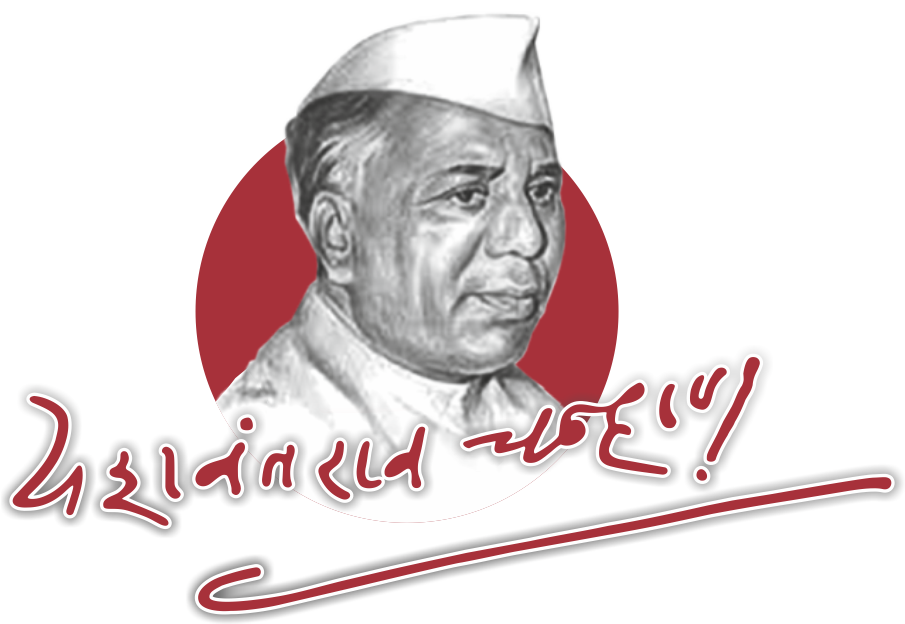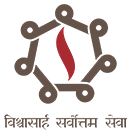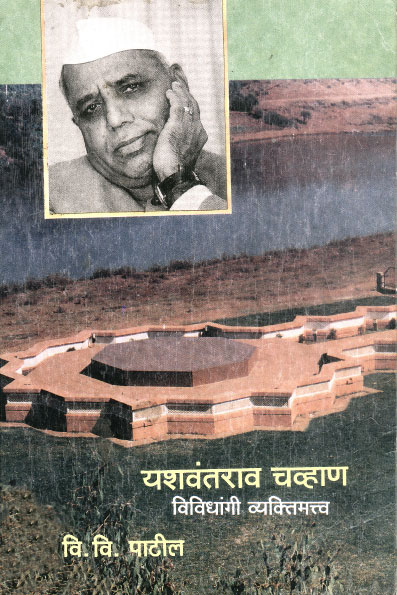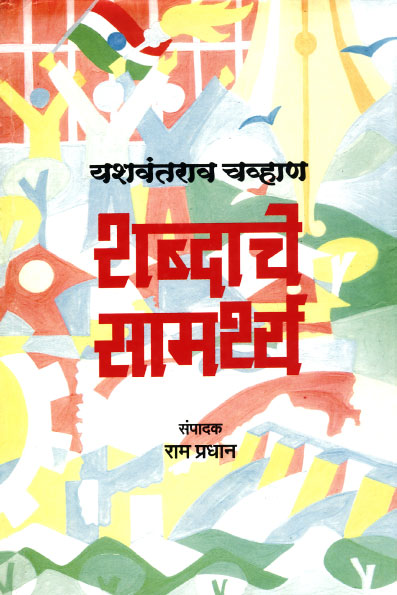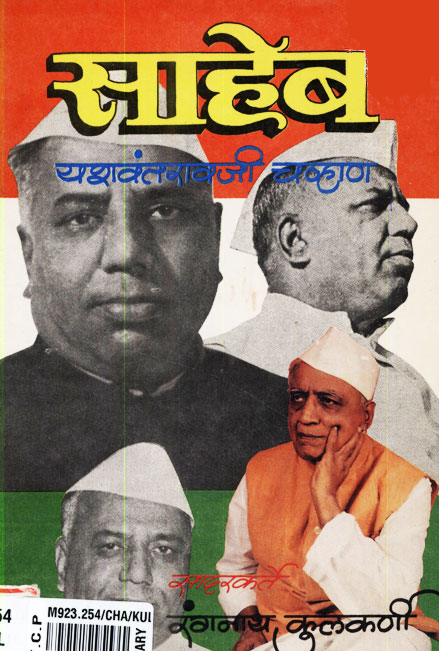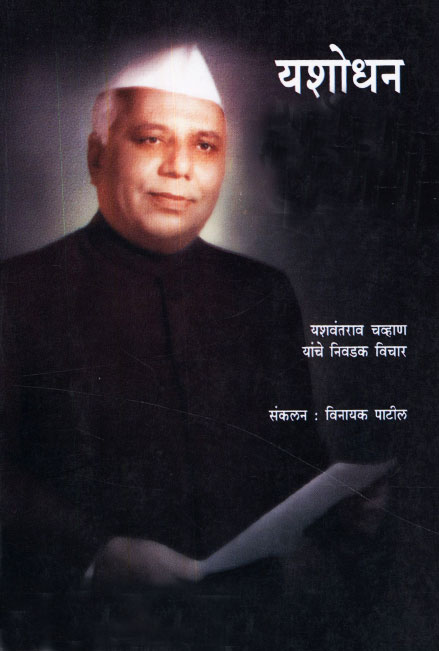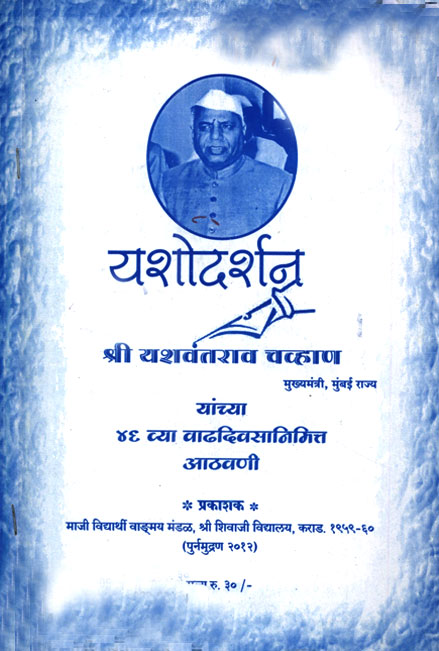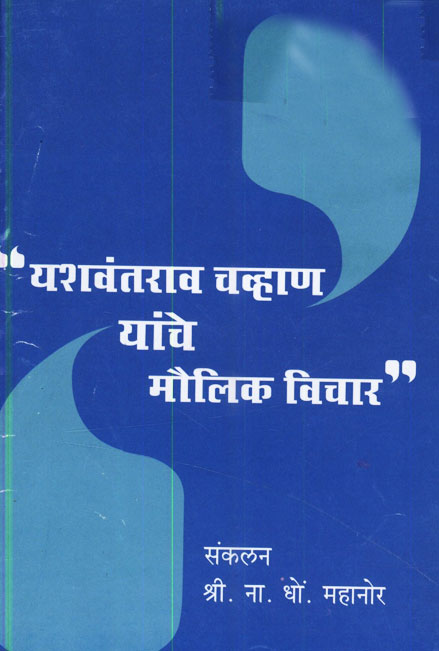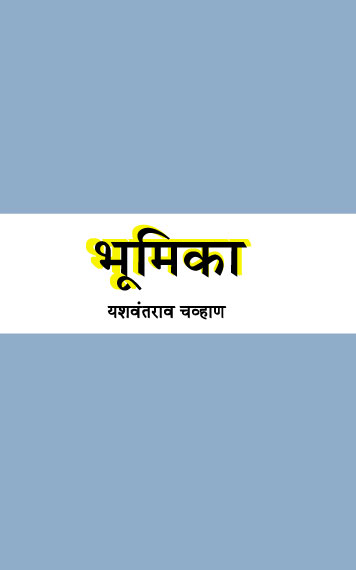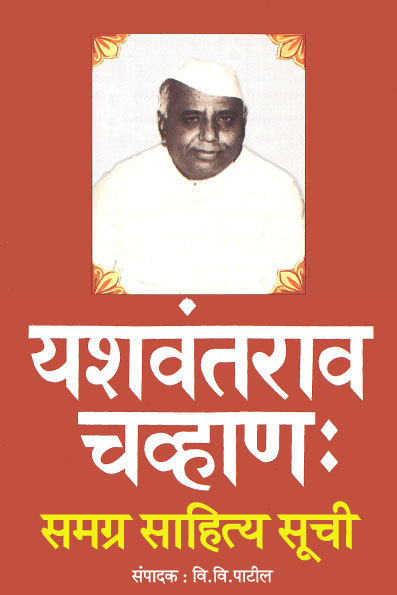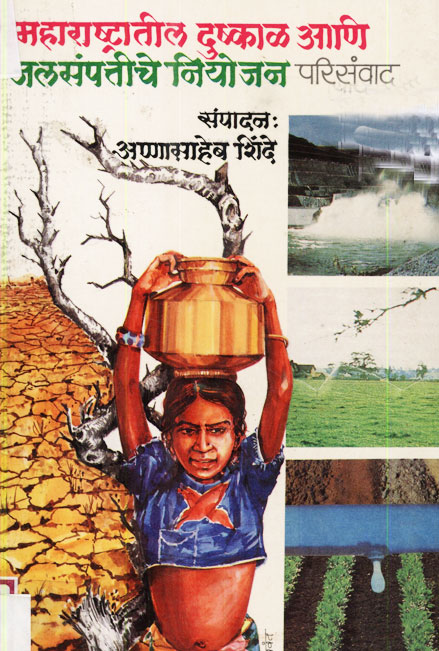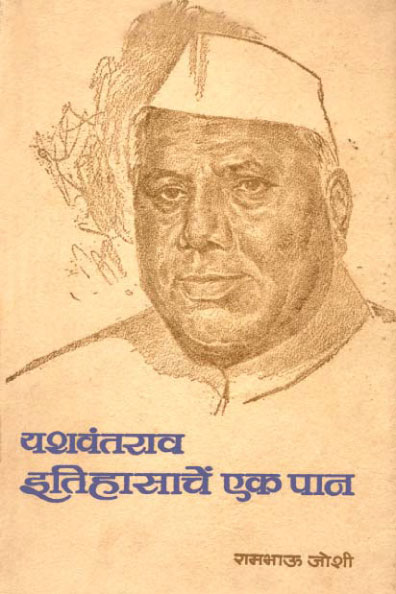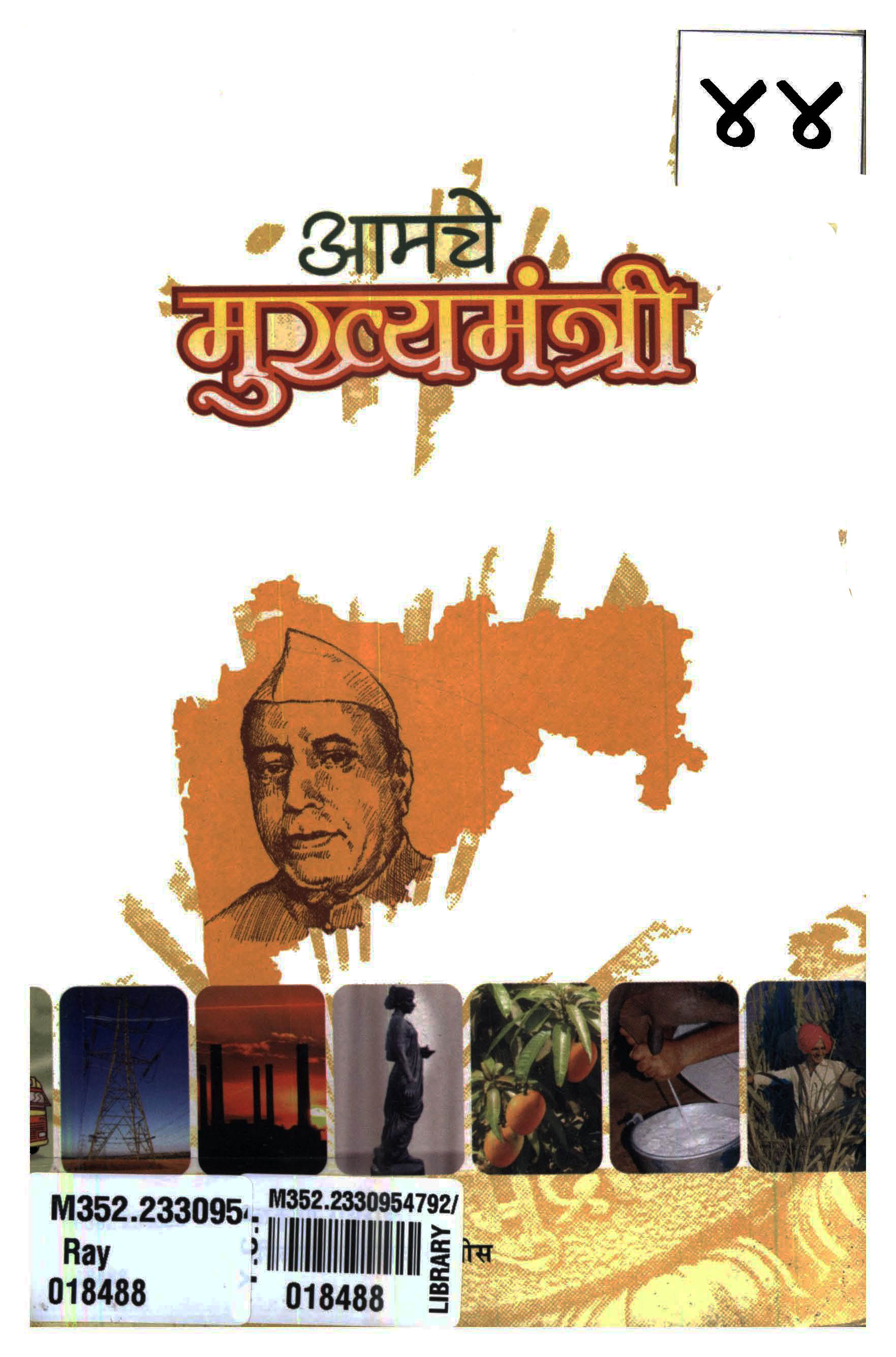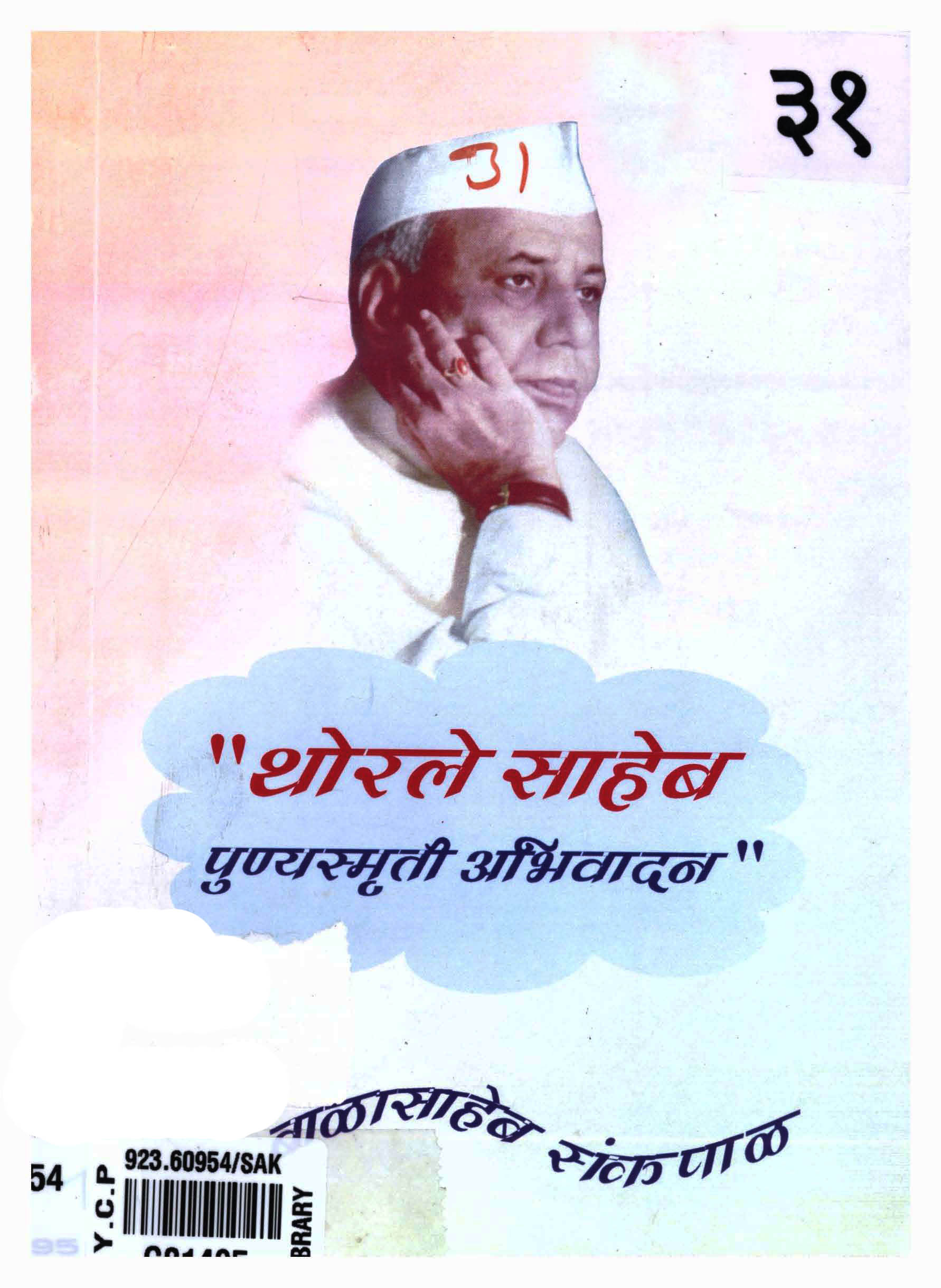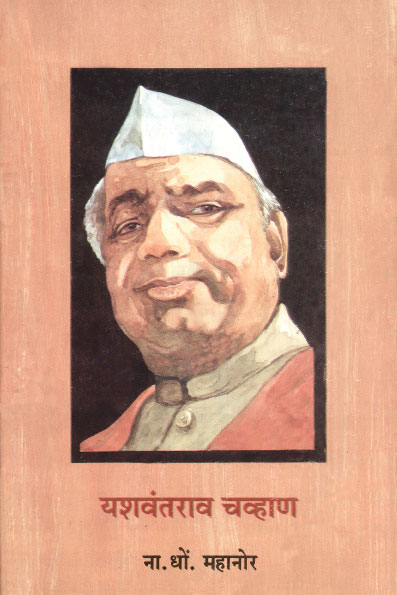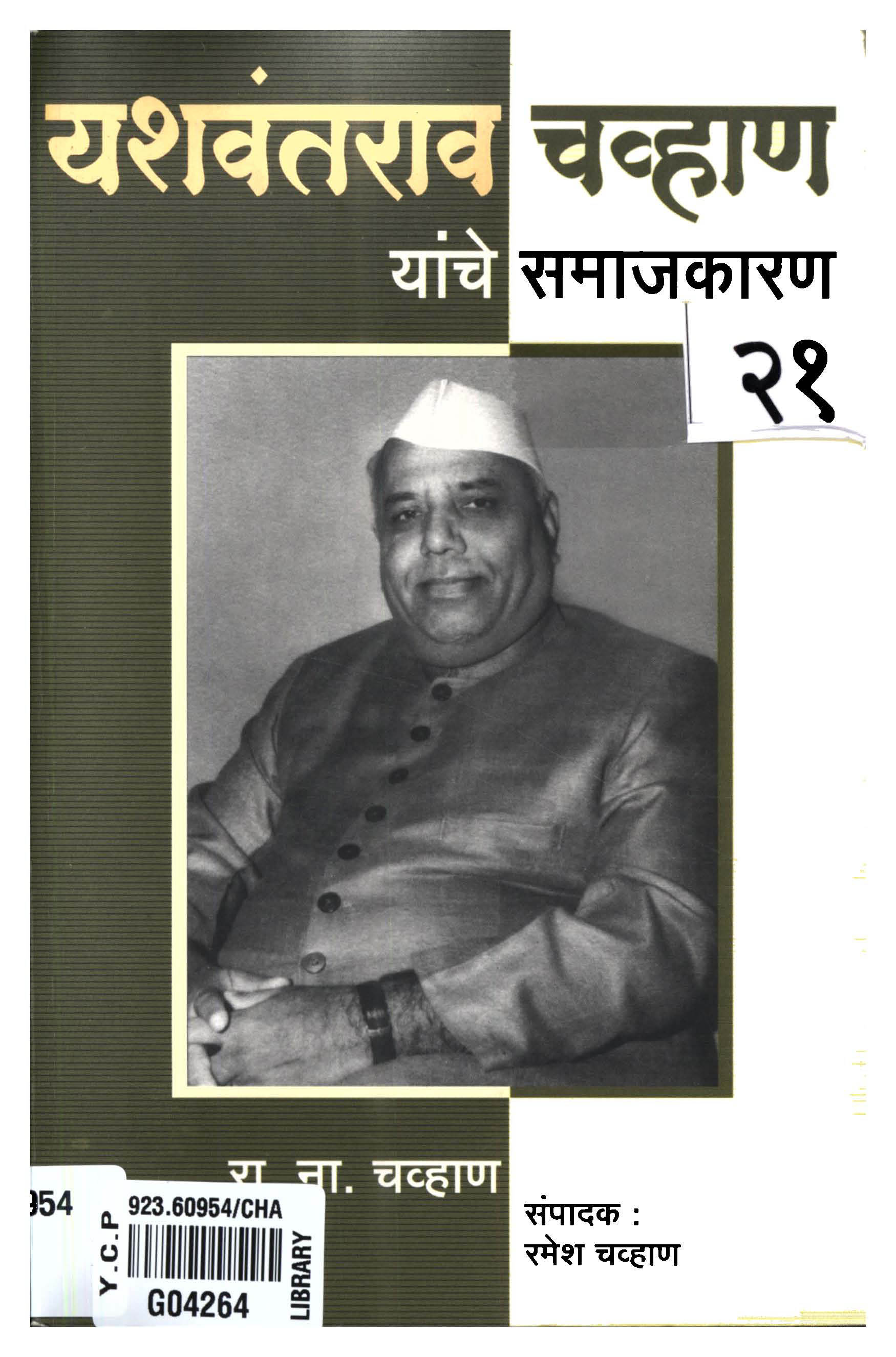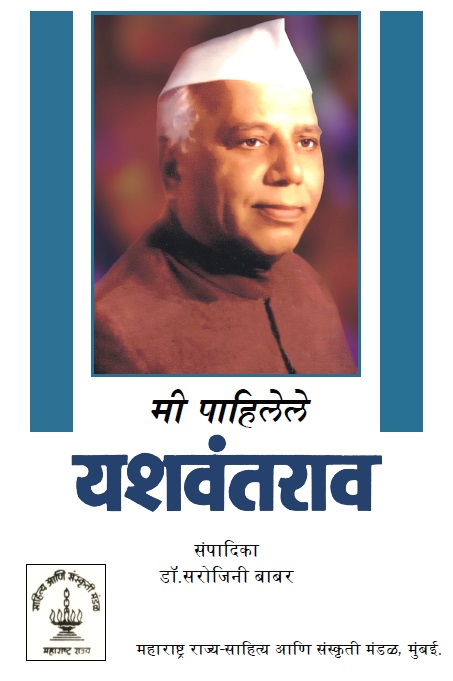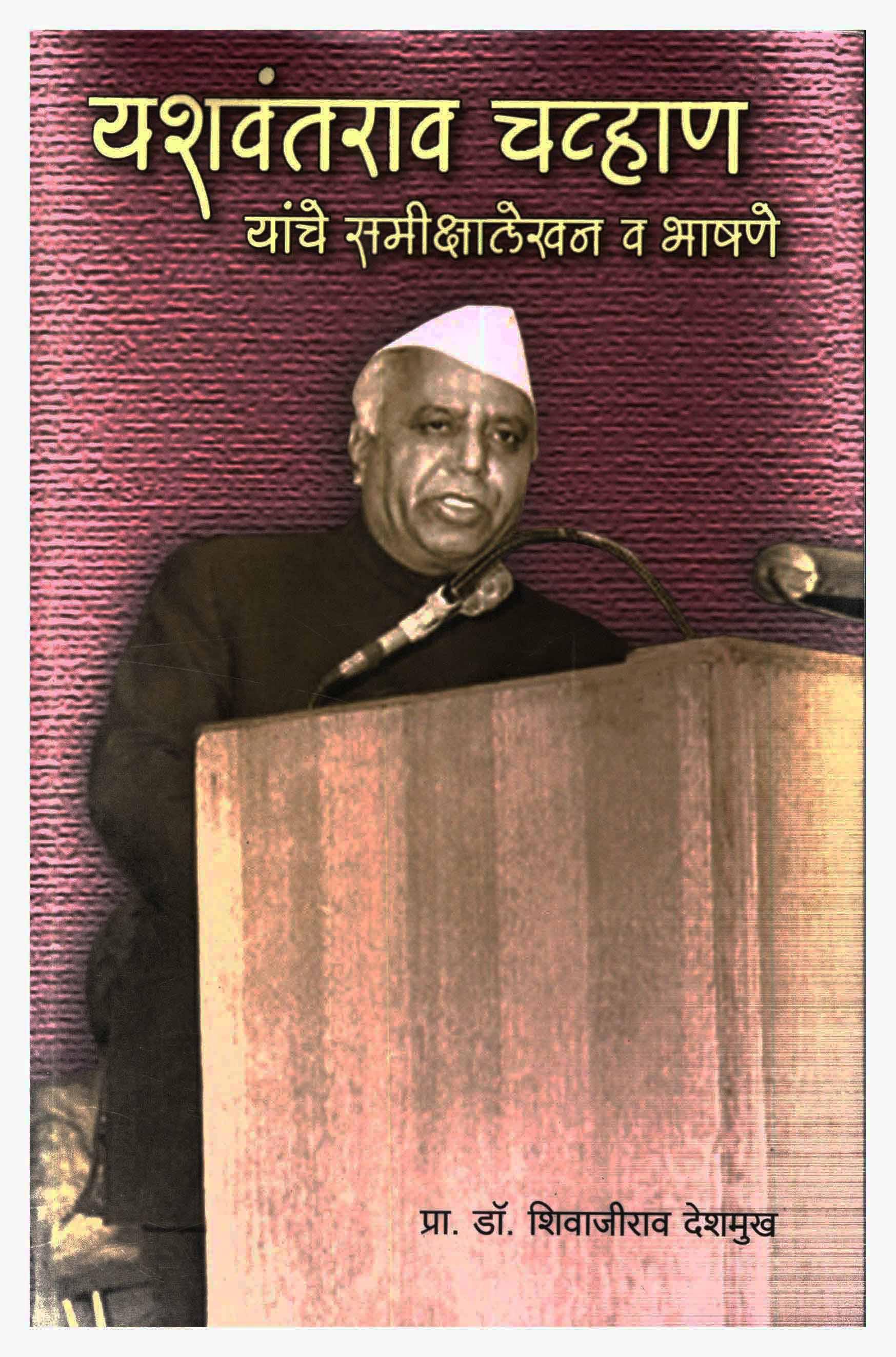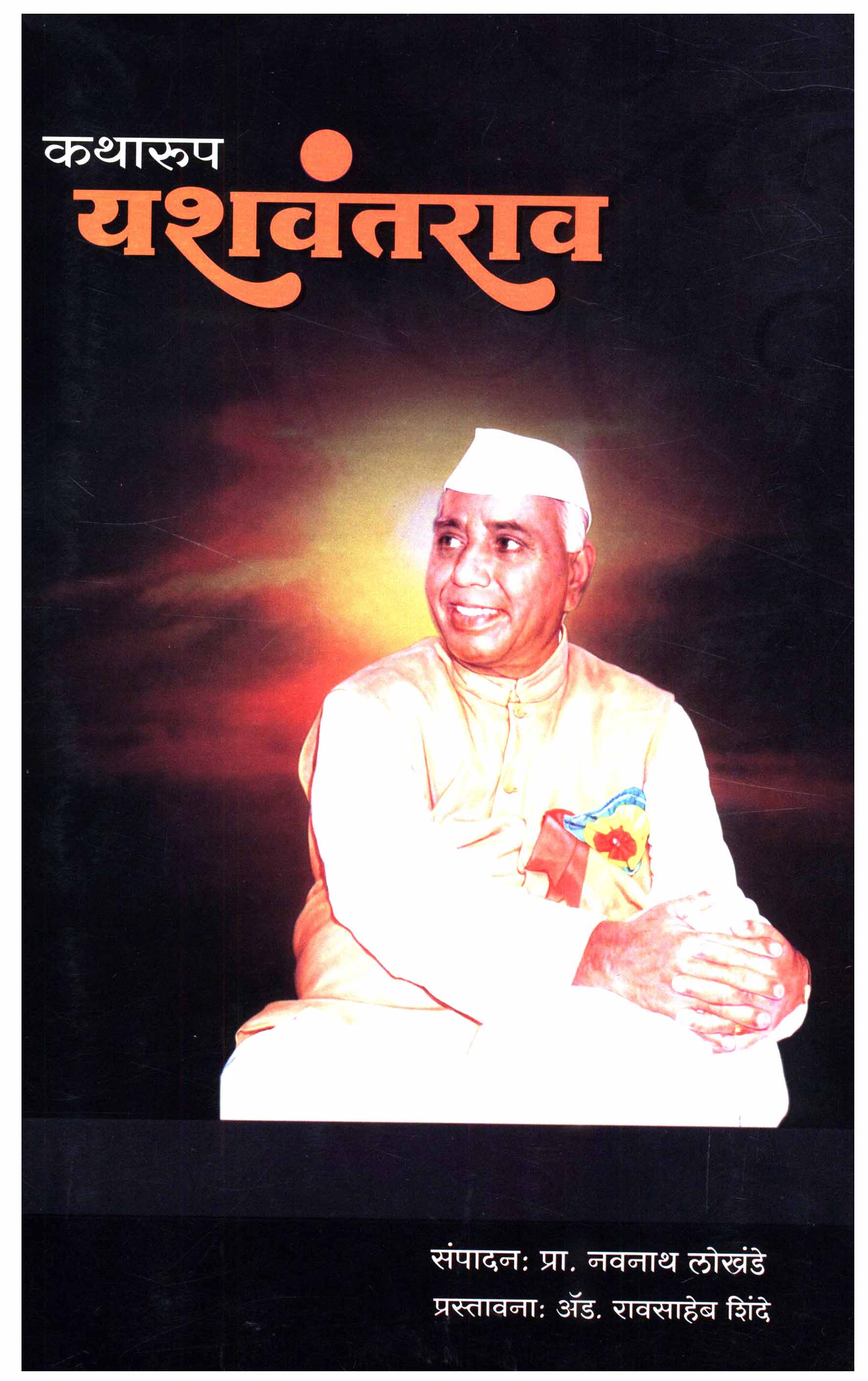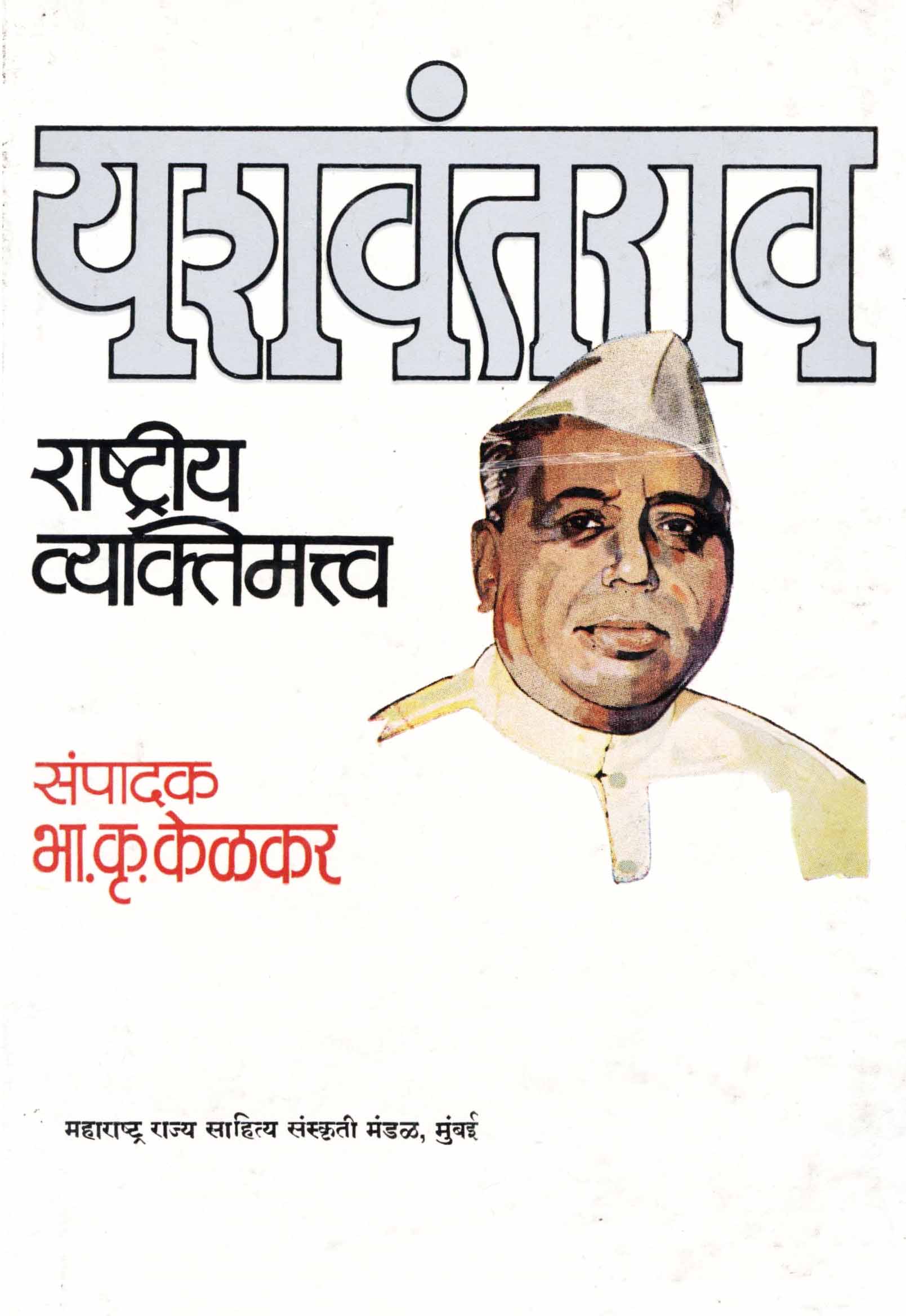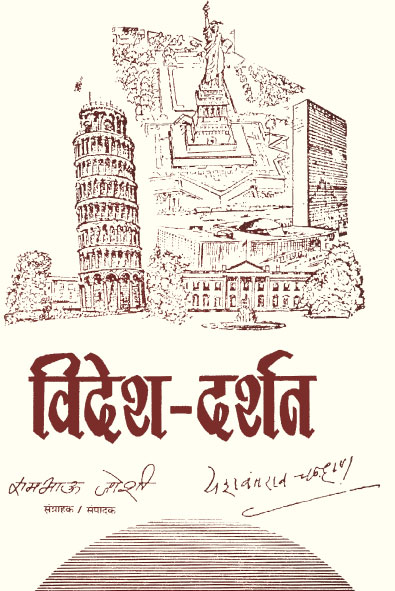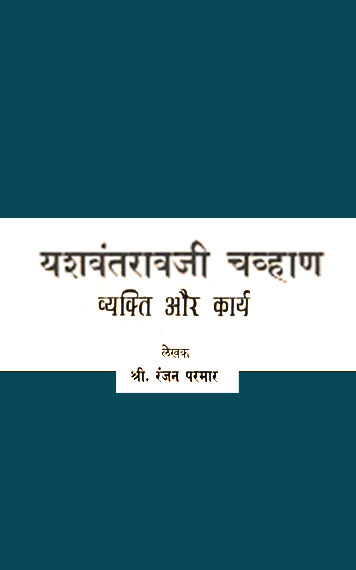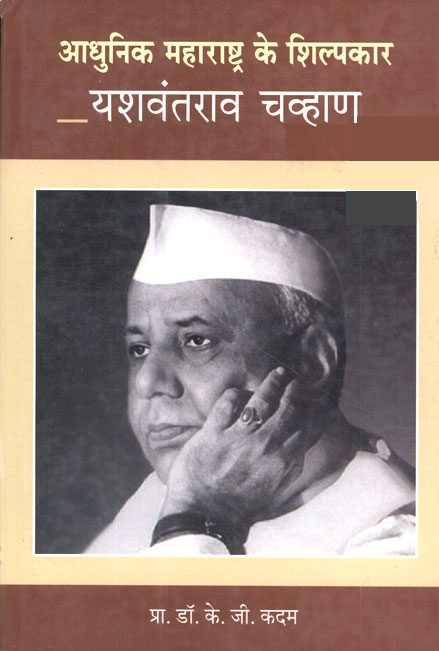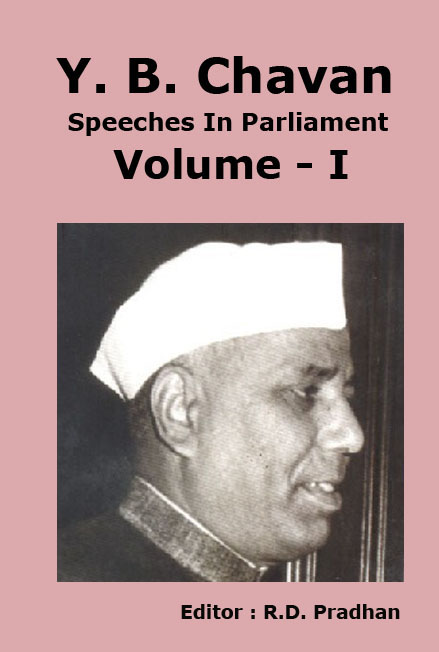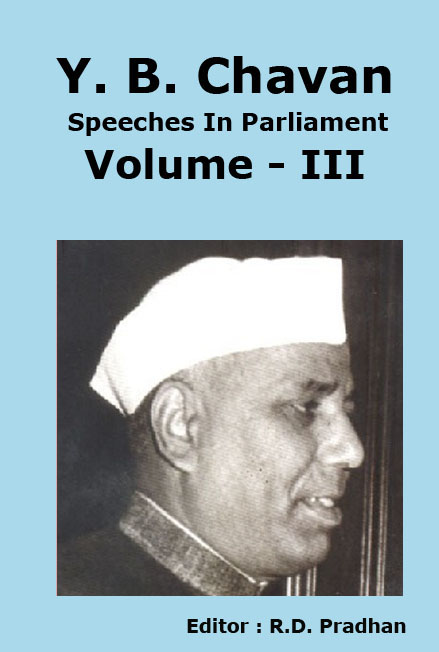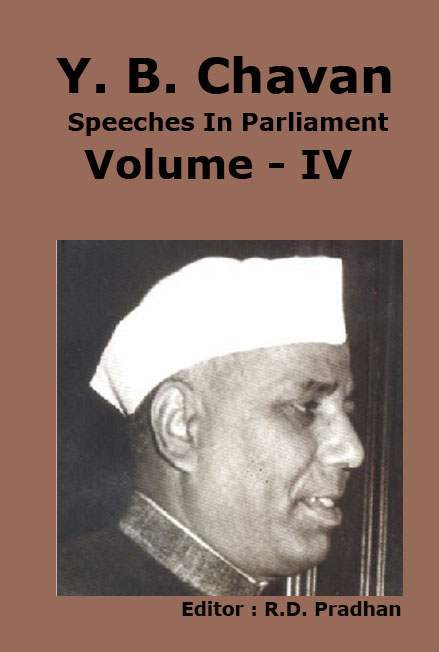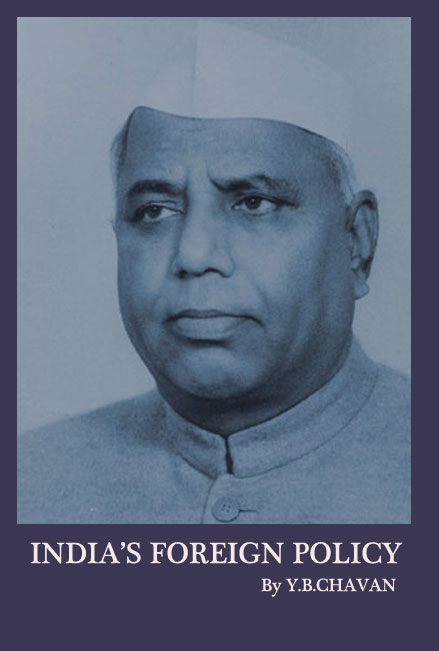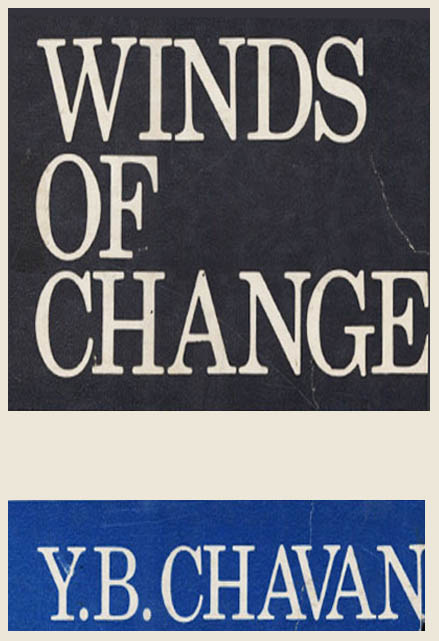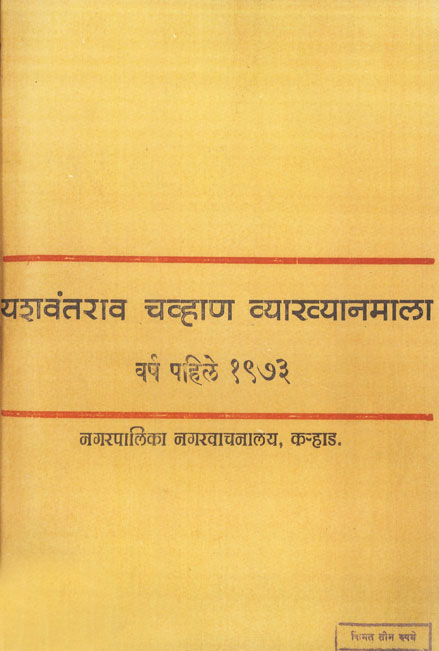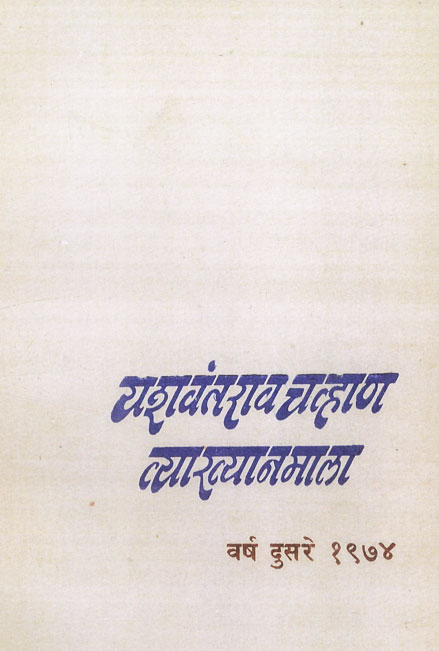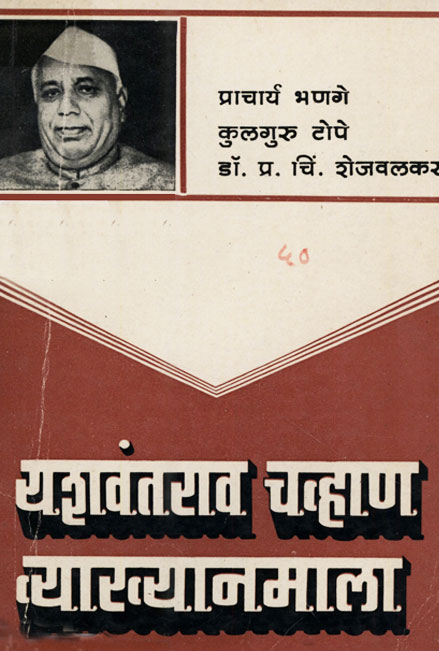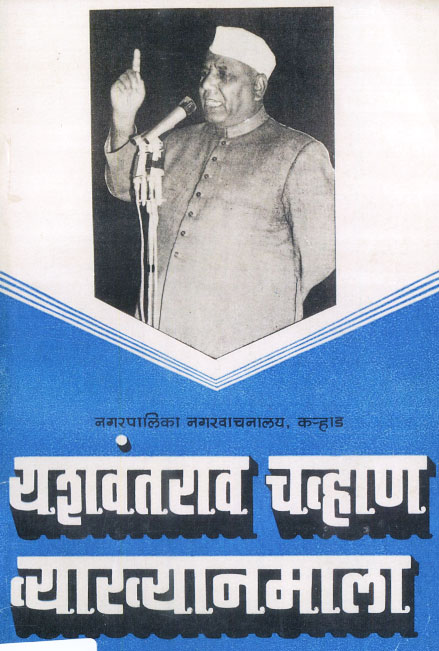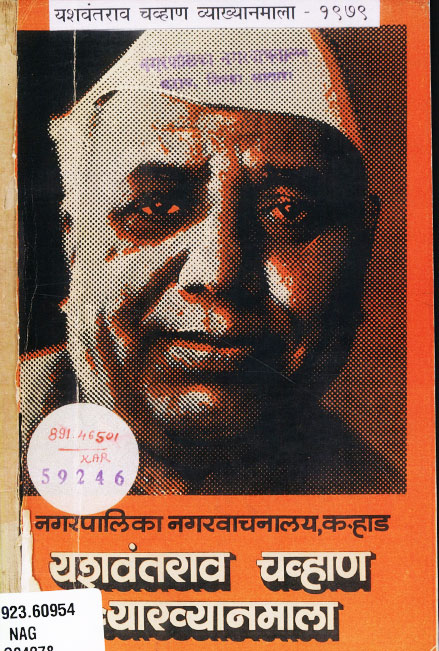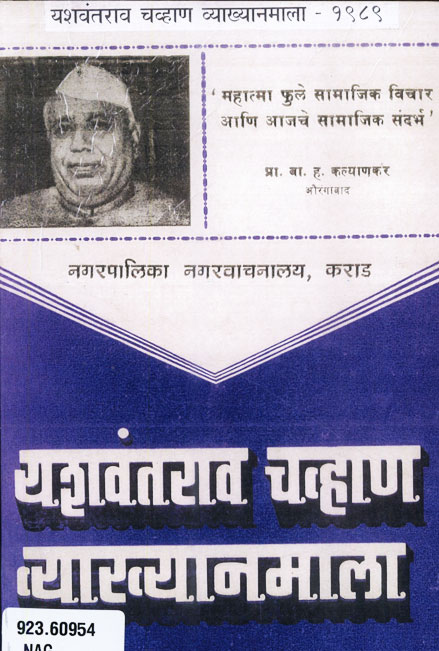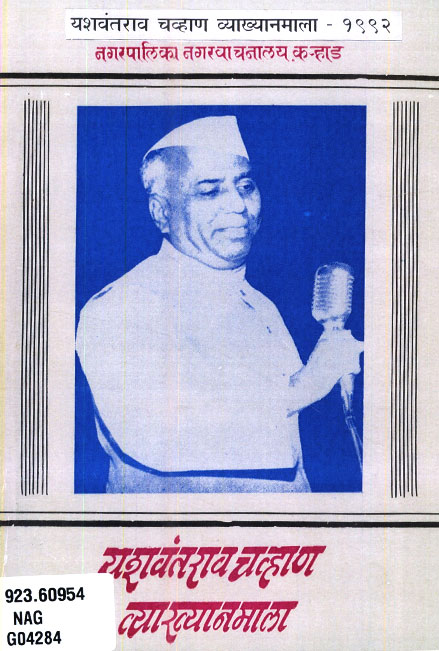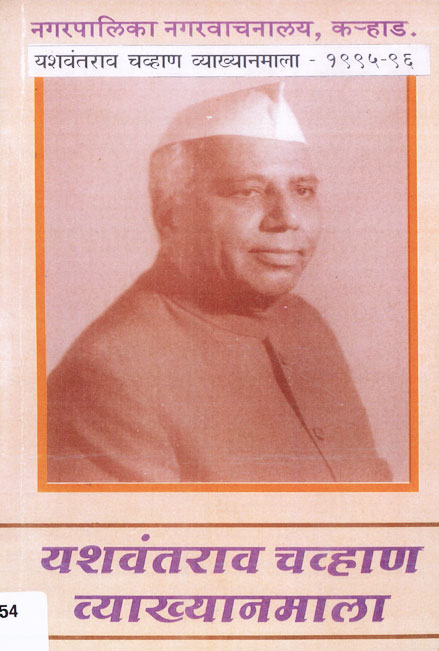Sharma : Were you able to caputure some?
Chavan : The idea was not to capture in that sense, but to capture symbolically. In one instance we certainly did, but I was not there. The people went there and asked the Maladar to put the flag on the dutonerry and he did it. It had such a powerful impact. But the district administration reacted to this incident very sharply.
I still remember one morcha in my town. Our people went there, demonstrated and pt a tricolour flag. we did not follow the same technique of asking the Mamladar to put the flag. On the same day other morchas were organised in Karad, Patan And they went on peacefully. But on the second round. at vaduj and Islampur police became very tough. At vaduj, police opened fire on one such morcha and nine persons were killed. After this firing, they started repression in a much more comprehensive and ruthless way.
Then the second stage, of going undegound, living incognite, changing one's dress. If possible, making movements in a secretive manner came. But, still then, we were moving outside practically with the people's support. I used to go and stay in a village with a friend of mine and used to go out in the fields to sleep. We kept it rather secret. That was how the whole thing worked. And the support of the people was so spontaneous that remaining undergound in a village was very simple. Everyone knew that we were in the village, but they also knew that it was their responsibility to protect us. If they saw any new face or unknown person, they immediately used to send a message. From mouth to mouth the message used to reach us. When people got interested and involved themselves in such a resistance movement, one can very well realise the atmosphere. It was rather time to live through agai I feel like that.
